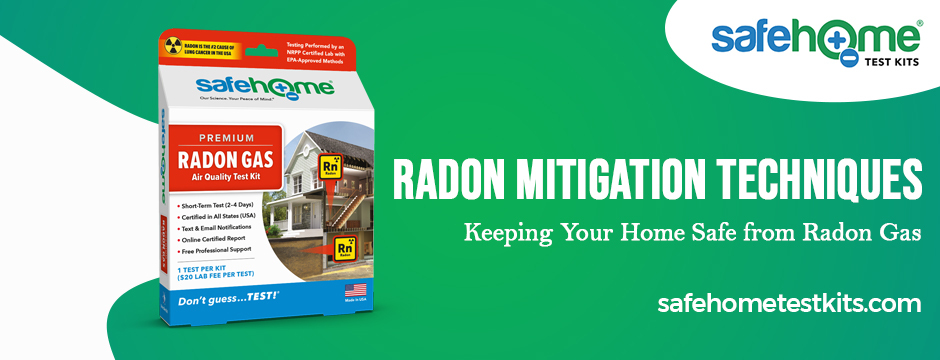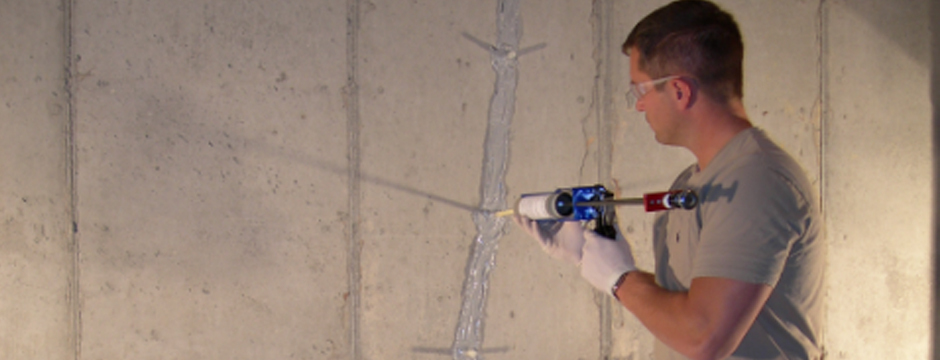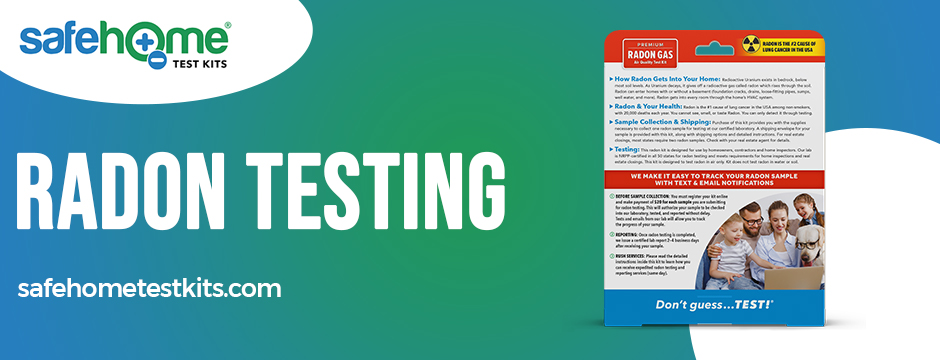Radon Mitigation Techniques: Keeping Your Home Safe from Radon Gas

In the realm of indoor air quality concerns, a lurking danger often evades our attention – radon gas. Unlike visible pollutants or pungent odors, radon is a colorless, odorless, and tasteless radioactive gas that can insidiously infiltrate our homes without detection. This silent intruder poses a severe health risk to occupants due to its sinister connection to lung cancer. To ensure the safety and well-being of your family and loved ones, comprehending radon mitigation techniques becomes paramount. This comprehensive guide will delve into the multifaceted dimensions of radon gas, the perils it presents, the factors dictating its levels, and the efficacy of mitigation strategies in safeguarding your home from its hidden threat.
Understanding Radon Gas and Its Dangers
Comprehending the urgency of radon mitigation necessitates an understanding of radon gas itself. Radon emerges from the natural decay of uranium in soil and rocks. While this process is a common occurrence in the Earth’s crust, it becomes problematic when radon infiltrates homes. Through fissures in the foundation, gaps in walls, and even via well water, radon can silently seep into living spaces. Once indoors, it accumulates, potentially reaching perilous levels. The gravest health risk associated with radon exposure is its correlation with lung cancer. Prolonged inhalation of radon’s decay products can damage lung tissue, fostering the development of cancerous cells. This peril is not to be trifled with, rendering radon mitigation a pivotal facet of indoor air quality management.
Factors Influencing Radon Levels in Homes
Several factors contribute to the presence and concentration of radon in homes. Geological attributes play a pivotal role; homes built atop uranium-rich soil are more susceptible to elevated radon levels. Likewise, construction materials and methods influence the infiltration of radon into homes. The design and ventilation systems of a house are also critical. Inadequate ventilation can inadvertently confine radon indoors, heightening the risk of exposure. Fathoming these factors is imperative to assess the potential hazard of radon infiltration in your residence.
Common Radon Mitigation Techniques
Thankfully, effective radon mitigation techniques are at our disposal to counter this hidden menace. The primary goal of these techniques is to diminish indoor radon concentrations to safe levels. While the most suitable approach may hinge on variables such as home construction and local geology, the ultimate objective remains consistent – ensuring your dwelling is a sanctuary, untainted by the malevolent effects of radon.
a) Sub-Slab Depressurization (Active Soil Depressurization)
Among the most prevalent techniques is sub-slab depressurization (SSD). This method engineers a pressure differential between the soil beneath the foundation and the interior living space. Through the installation of a network of pipes and an exhaust fan, radon gas is skillfully directed away from the foundation and expelled safely outdoors. The effectiveness and efficiency of SSD have solidified its status as a preferred choice for radon mitigation.
b) Sump Hole Suction
For homes with sump pumps, sump hole suction emerges as a pragmatic option. This technique entails installing a vent pipe linked to the sump pit, generating negative pressure within the pit. This negative pressure thwarts radon’s ingress into living areas. By intercepting radon at its entry point, this method provides an effective means of ousting the gas before it morphs into a threat.
c) Crawlspace Ventilation
Residences with crawlspaces pose a distinctive challenge for radon mitigation. Crawlspace ventilation becomes an indispensable tool for dispersing radon gas. By ensuring proper airflow through the crawlspace, the buildup of radon is forestalled. Mechanical ventilation systems and natural airflow methods are employed to sustain safe indoor levels.

d) Sealing and Caulking
At times, a straightforward yet potent solution can yield significant outcomes. Sealing fissures, crevices, and openings in the foundation and walls can markedly diminish radon’s entry points. This approach not only curtails radon concentrations but also augments energy efficiency. By sealing breaches, an impregnable barrier against radon is erected, thwarting its infiltration into your abode.
e) Radon-Resistant New Construction (RRNC)
For those embarking on new home construction, radon-resistant new construction (RRNC) offers a preemptive approach to radon mitigation. During the construction phase, elements such as soil depressurization systems, vent pipes, and vapor barriers are seamlessly integrated into the design. By incorporating these features, the potential for radon accumulation is curtailed from the outset.
f) Professional Radon Mitigation Services
While some homeowners may contemplate tackling radon mitigation independently, engaging the services of professionals confers distinct advantages. Certified radon mitigation professionals possess the requisite knowledge and experience to ensure accurate assessment and effective execution. Their expertise guarantees mitigation strategies attuned to your home’s unique attributes and prevailing radon levels.
DIY Radon Mitigation vs. Professional Services
While the allure of DIY solutions is undeniable, weighing the potential risks against the benefits is crucial. If executed accurately, DIY radon mitigation endeavors can yield satisfactory results, safeguarding your family from health risks. Nonetheless, professional services offer the reassurance of accurate assessment, well-executed mitigation, and the expertise necessary to guarantee your home’s immunity to radon exposure.
Detect and Address Radon with Safe Home® Radon Test Kits
Detecting and addressing radon is imperative for ensuring your family’s well-being. Safe Home® extends air quality test kits, purpose-built for radon detection. In adherence to EPA-approved methods, our kits encompass all requisites for streamlined sample collection, secure shipping, and testing conducted by our NRPP-certified lab. Our lab’s endorsement by homeowners, contractors, and home inspectors, underscored by NRPP certification in all 50 states for radon testing, ensures alignment with requisites for home inspections, mortgage loans, and real estate closures.

Conclusion
Navigating the realm of radon mitigation unveils the imperative of safeguarding your family’s well-being through proactive measures. Although radon may evade the naked eye, its repercussions remain tangible. By apprehending the perils of radon exposure, discerning the variables influencing its presence, and employing effective mitigation strategies, you embark on a meaningful journey toward forging a secure living environment. Be it sub-slab depressurization, sump hole suction, or professional intervention, each mitigation approach contributes to the overarching goal of liberating your dwelling from the tacit threat of radon gas. Prioritize your family’s health, take resolute action against radon, and secure a healthier future for those you hold dear.


